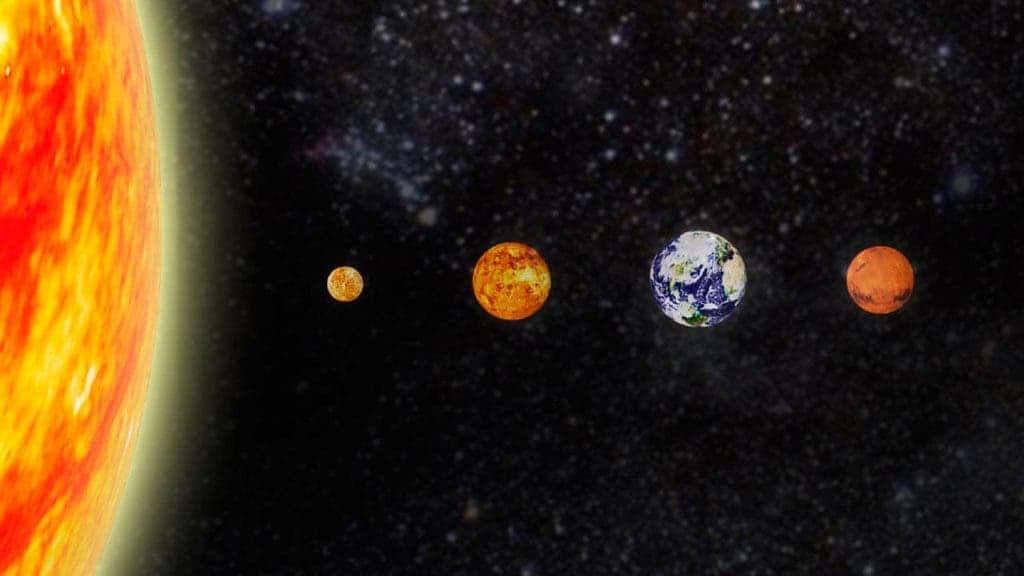Some exoplanets could have better conditions for life to thrive than Earth itself, according to a new study that used computer modeling to explore the conditions that could exist on different types of exoplanets.

“This is a surprising conclusion,” said lead researcher Dr. Stephanie Olson, “it shows us that conditions on some exoplanets with favorable ocean circulation patterns could be better suited to support life that is more abundant or more active than life on Earth.”
The search for life outside the solar system has been accelerated by the discovery of exoplanets. As they can’t be explored by space probes because of the distances involved, scientists are working with remote tools such as telescope to understand conditions there.
With her team, Olson used software called ROCKE-3D developed by NASA’s Goddard Institute for Space Studies to model rocky exoplanets. They modeled a range of different exoplanets to explore which would be the most likely to develop and sustain life, based on ocean circulation.
They found that thicker atmospheres combined with slower rotation rates and the presence of continents all produced higher upwelling rates. The research was presented at the Goldschmidt Geochemistry Congress in Barcelona.
“NASA’s search for life in the Universe is focused on the so-called ‘habitable zone’ planets, which are worlds that have the potential for liquid water oceans. But not all oceans are equally hospitable—and some oceans will be better places to live than others due to their global circulation patterns,” Olson said.
Previous research has shown that salty oceans are likely to exist beyond the Solar System. In addition to Earth, Mars was once rather watery for example and there are moons that appear to harbor liquid oceans. But these nearby worlds don’t meet the criteria laid out by the research, though.
Mars is dry and has a thin whisper of an atmosphere, and the moons so far researched have barely any atmospheres as well; we’re also currently unsure of their continental status. But there are a lot more exoplanets out there in the galaxy than there are moons in the Solar System.
The first criterion that has so far been used in the search for habitable exoplanets has been whether a planet is in the “habitable zone” — where temperatures are not so hot that liquid oceans would boil, nor so cold that they would freeze. This new research adds some parameters that could be employed in future searches.
“In our search for life in the Universe, we should target the subset of habitable planets that will be most favorable to large, globally active biospheres,” Olson said, “because those are the planets where life will be easiest to detect – and where non-detections will be most meaningful.”






